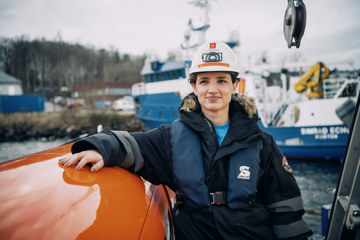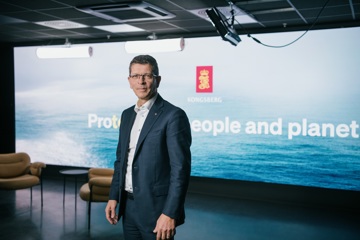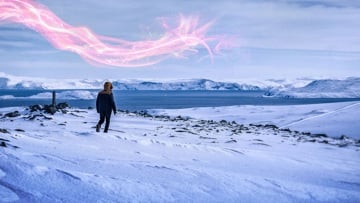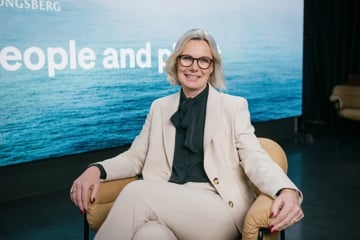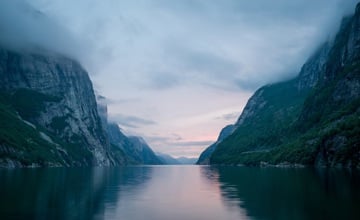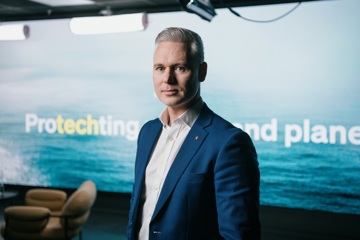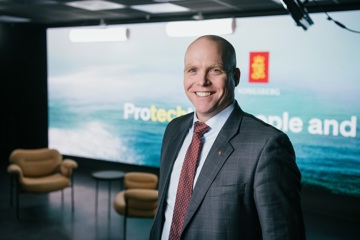This article was first published in our Annual Report 2024.
It is frequently stated that we know more about the surface of the moon than life at the bottom of the sea. While this statement may not be entirely accurate, it underscores the significant challenges involved in obtaining precise and comprehensive data from the seabed.
As of today, approximately 26.1 per cent of the world's seabed has been mapped to a relatively high resolution. This equates to about 46 million square kilometres, roughly three times the size of the Moon's surface. Unlike the Moon's surface, which predominantly consists of two types of rock, the seabed hosts a far more diverse and dynamic ecosystem.
Drawing comparisons between the seabed and space is natural, given that both environments are dark, remote, and can evoke a sense of fear. Although the Moon is visible to us regularly, the ocean depths are more abstract and difficult to conceptualize. Nonetheless, research in oceanography and seabed mapping is more advanced than ever before, with substantial research projects underway across various domains. Despite our growing understanding of the seabed and marine ecosystems, much remains to be discovered.
International presence
There is a high level of activity with a presence at various international arenas, including conferences, meetings, sales fairs, and participation in several research projects. Seabed 2030 is one of the significant projects that bring together researchers and other participants to map the seabed. Having a detailed picture of the seabed is important both for safe navigation and for countries to manage their marine resources.
Kongsberg Discovery is also involved in the High Arctic Ocean Observation System (HIAOOS), an EU-funded research project aimed at gathering more data about the Arctic Ocean, one of the world's least explored areas.
Our world-leading technology makes us an attractive and relevant partner. It is a role we handle with humility and pride. At the same time, we recognize that there is tough competition, and there is no opportunity to rest. We will continue to develop technology, products, and solutions for the future.
Autonomy and robotics at the core of our activity
Sustainability and safety impact multiple areas. Through technology and solutions, a crucial role is played in achieving the green transition and protecting critical infrastructure. Autonomy and robotics are integral to all operations. Customers across various sectors seek solutions that optimize resources for environmental and economic benefits. Therefore, autonomous solutions are continually developed with robotics as part of the delivery.
The current geopolitical situation presents various threats that challenge communication, navigation, and existing solutions to maintain a comprehensive understanding of surroundings. Thus, technological solutions are developed to enable activity and ensure secure communication despite hostile actions and threats affecting operations at sea, in the air, or underwater.

Smarter sensors create opportunities
75 per cent of the world's oceans lack detailed seabed maps. Acoustic instruments are most effective for this task, as sound travels four times faster and further in water. Multibeam echo sounders efficiently map large areas.
By developing smarter sensors that can capture more data, we will be able to offer our customers stronger and better tools. Transforming data into information quickly is crucial for making informed decisions. Credible data is essential for addressing global crises.
Our expertise in hydroacoustics, robotics, inertial navigation, positioning, laser, radar, and communication, combined with application knowledge and software, give us insight and drives our product development.
We aim to help our customers achieve their goals and promote sustainability. Our creativity positions Kongsberg Discovery to adapt to a changing world.

